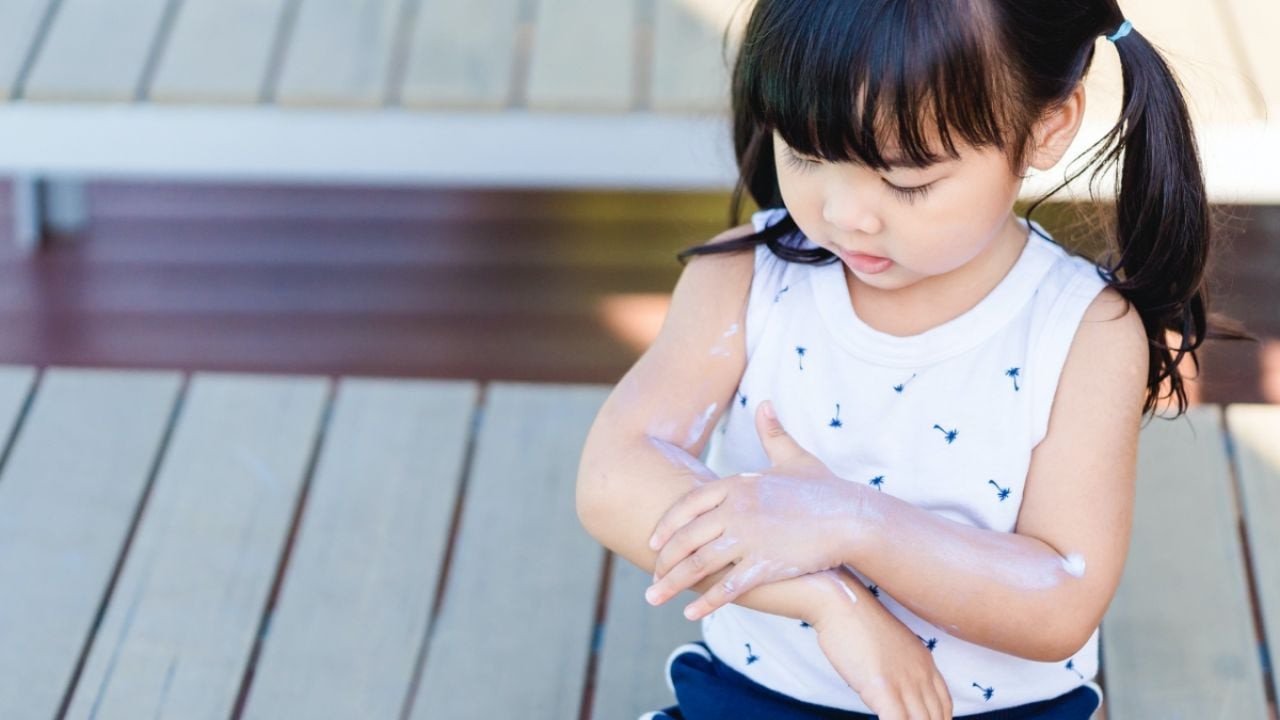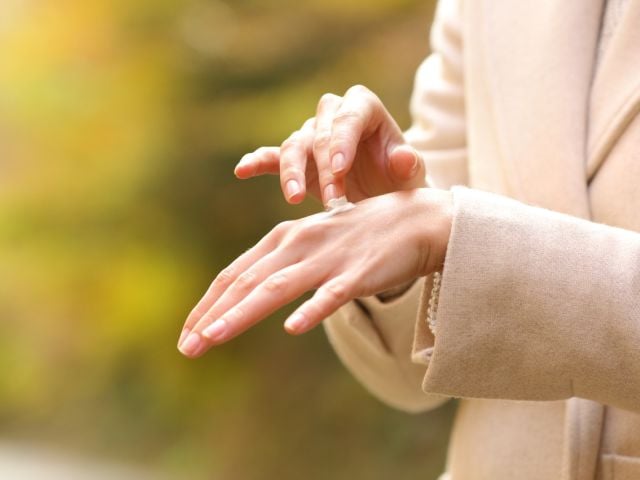
Time in the sun can be fun for everyone, especially the kids, but doing it safely is crucial.
Since it only takes a few serious sunburns during childhood to increase a person’s risk of skin cancer later in life, it’s vital for parents and caregivers to practice good sun safety for their children early on
Kids often get sunburned when they’re outside longer than expected without protection from the sun. But it can be tough to know where to start with sun safety. Sunscreen is only one line of defense against the sun and by itself is not enough. These ideas can help.
Simple tips for sun safety
- Seek shade – or make it. Being in the shade – out of the sun – is essential. Find shade under a tree, take an umbrella to the beach and set up the stroller canopy on walks.
- Avoid the sun during peak hours. Plan to be outdoors in early morning or late afternoon, when the sun is lower. UV radiation peaks in the middle of the day, between 10 a.m. and 4 p.m.
- Wear protective clothing. Loose-fitting, tight-weave shirts, shorts and pants, as well as hats, provide great protection from harmful UV rays.
- Wear sunglasses. Good shades protect young developing eyes from UV rays.
- Stay hydrated and avoid overheating.
- Use sunscreen. Slather on the sunscreen – more than you may think you need – and remember to reapply it every two hours or more often, especially if your child is playing in the water or sweating a lot.
Most manufacturers warn against using sunscreen on children younger than 6 months and advise keeping babies out of direct sunlight as much as possible; and rely on physical barriers when you can – clothing, hats, pop-up tents and umbrellas.
But the American Academy of Pediatrics says small amounts of sunscreen can be used on infants to prevent sunburns when shade is impossible to find.
It’s also key to use the safest and most effective sunscreen.
Choosing the best sunscreen
- Avoid harmful ingredients, such as oxybenzone. Oxybenzone is a common ingredient in non-mineral sunscreens and has been identified as a skin sensitizer and hormone disruptor harmful to both kids and adults.
Sunscreens marketed for use on babies will more likely be free from allergens, skin-sensitizing ingredients and “fragrance,” which can also be harmful.
- Choose a mineral-based sunscreen. Products containing zinc oxide, titanium dioxide, or both, have fewer health concerns and offer good sun protection. Zinc oxide is especially stable in the sun and offers good broad-spectrum protection.
- Choose a sunscreen with SPF between 30 to 50+. The American Academy of Dermatology recommends all kids wear sunscreen with SPF 30 or higher. But beware of high SPF products, which typically provide poor broad-spectrum protection and may fool you into thinking kids are safe in the sun for longer than they actually are.
- Use lotion, not spray. When applying sunscreen, especially on small children who don’t like to sit still, it’s important to apply a thick layer of product. This is often more difficult with a spray sunscreen, so the child doesn’t end up with adequate coverage.
Sprays can also be inhaled by the child and the adult, which is harmful. If you must use a spray, apply it first to your hands and then rub on your child.
- Avoid sunscreens containing bug repellent. When you buy a single product that combines sunscreen and bug repellent, getting enough sunscreen coverage means exposing your child to the bug repellent chemicals more than necessary. To avoid that, simply use two separate products.
- Use enough and reapply often. The American Academy of Pediatrics suggests about one ounce of sunscreen per application for a child – a lot more than parents may typically apply.
Products marketed to parents and caregivers of babies and kids tend to score better in EWG’s Guide to Sunscreens, with 33 percent of them meeting our standards. The guide offers more than 70 baby and kids sunscreens to choose from, taking the guesswork out of shopping.
Don’t forget, it’s important to set a good example, so these tips apply to you as much as for your little ones. Sunscreens intended for babies and children are fine for adults too, especially those with sensitive skin. Our guide also includes more than 280 recreational sunscreens and 190 daily-use moisturizers with SPF that meet our standards for efficacy and safety.
By the way, don't forget you'll also need sun protection while traveling with extended exposure to sunlight while in the car or on a plane, as some ultraviolet, or UV, radiation can penetrate through windows.
EWG is committed to providing parents and caregivers with vital information on children’s exposures to environmental contaminants. Stay tuned in to EWG’s work, especially our Children’s Health Initiative, for the latest breaking news and analysis.



